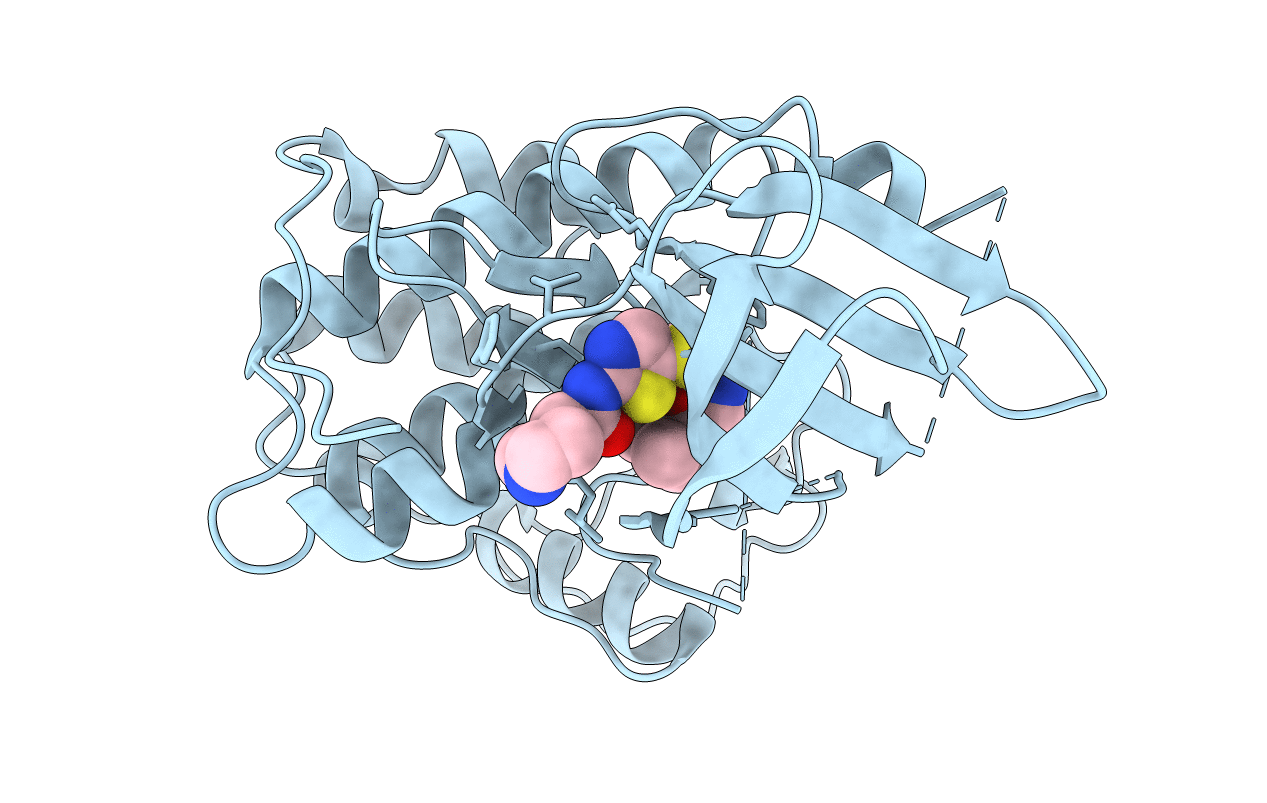
Deposition Date
2015-08-04
Release Date
2015-08-12
Last Version Date
2024-03-06
Entry Detail
PDB ID:
5D1J
Keywords:
Title:
CRYSTAL STRUCTURE OF CYCLIN-DEPENDENT KINASE 2 (CDK2-WT) COMPLEX WITH N-[5-[[[5-(1,1-DIMETHYLETHYL)-2-OXAZOLYL] METHYL]THIO]-2-THIAZOLYL]-4-PIPERIDINECARBOXAMIDE (BMS-387032)
Biological Source:
Source Organism:
Homo sapiens (Taxon ID: 9606)
Host Organism:
Method Details:
Experimental Method:
Resolution:
1.80 Å
R-Value Free:
0.23
R-Value Work:
0.20
R-Value Observed:
0.20
Space Group:
P 21 21 21


